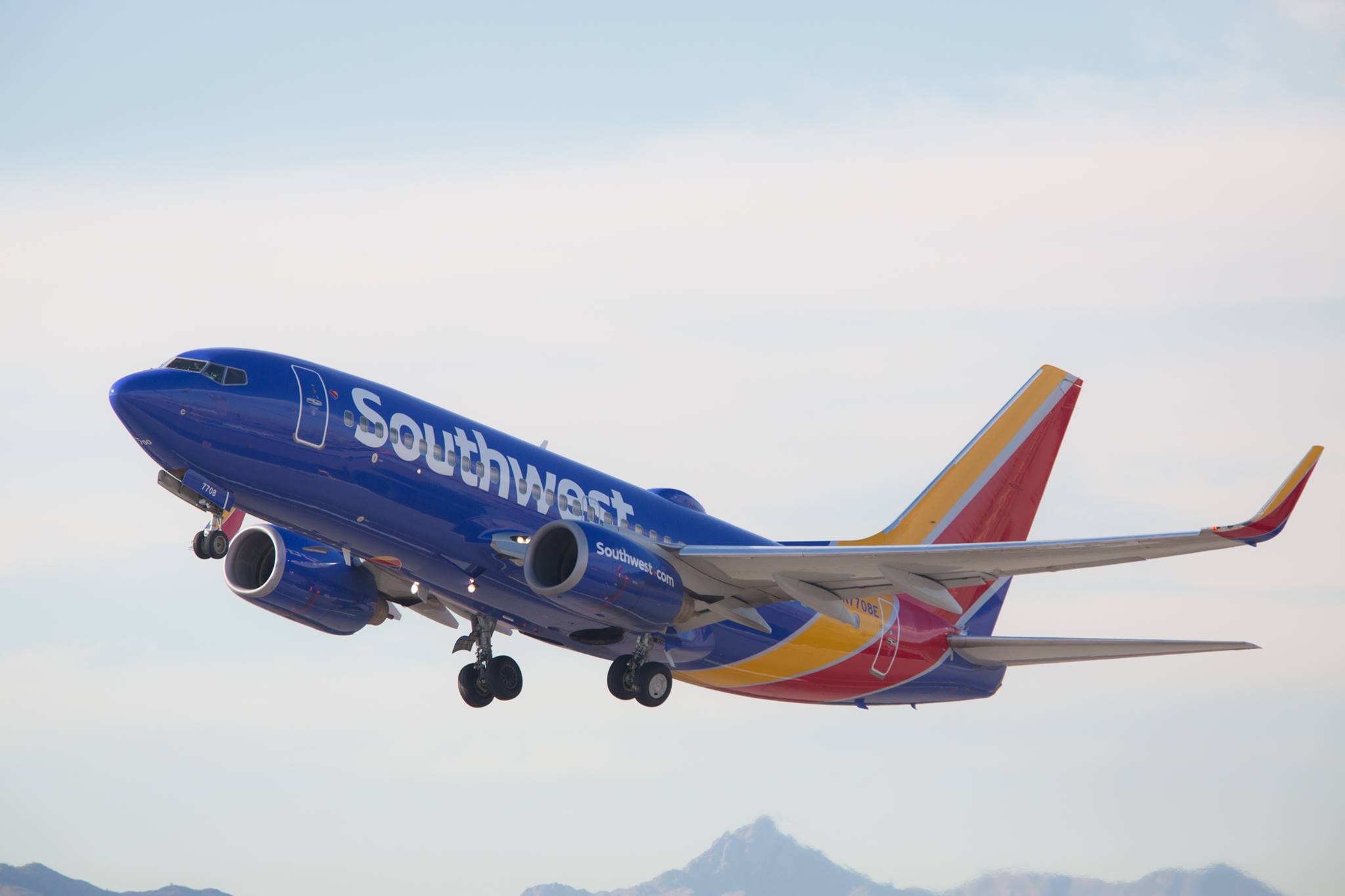It's a tough time to be an airline investor. The companies have been hit hard by the COVID-19 pandemic, with second-quarter revenue expected to fall 90% year over year. The stocks plunged in March only to recover somewhat in early summer, but have recently been under pressure once again.
The volatility is being driven by the continued uncertainty surrounding the pandemic and seemingly conflicting statements from the airlines concerning their growth outlook.
The airlines are adding flights, but after canceling most of their schedules in March and April, that growth is coming off of a very low base. The markets at times have overreacted to small additions: Shares of American Airlines Group (AAL +0.51%) rocketed 40% higher in a single trading day in early June after the company said it was adding flights.
The growth announcements are sending mixed messages about the health of the industry. United Airlines Holdings (UAL +1.13%), to use one example, announced it's adding nearly 25,000 flights in August but also warned in a regulatory filing its flying capacity will be down 65% year over year for the month.
Here's what investors need to know about airline expansion plans, and what to focus on in the months to come.
Not all growth is equal
The airlines have taken different approaches to rebuilding their schedules. United and American have aggressively added seats in an apparent attempt to soak up whatever business is out there. Their additions are focused on tourist destinations and parts of the country less impacted by the virus.
Southwest Airlines (LUV 0.19%) was more judicious in its initial cuts and, with more of an inventory of flights to sell in May and June, likely has the industry's clearest read on demand. Delta Air Lines (DAL +0.65%), meanwhile, has taken a more deliberate approach than American or United to rebuilding its network and is adding a handful of flights to each of its U.S. hubs.
Delta and Southwest have also committed to keeping middle seats empty into the fall, at the earliest. So they have less inventory available but also potentially can charge a slight premium due to the perceived added safety.
Interestingly, although American was the first to add capacity in June, the airline has been among the slowest to expand its offerings. That could be interpreted as American seeing limits to how much demand is growing amid a spike in new COVID-19 cases, or it could be setting the table for a second pulldown in the fall.
Expect layoffs. Lots of layoffs.
One of the factors driving airline expansion is the payroll protection granted to the industry as part of the CARES Act stimulus plan. Airlines got $25 billion to support payrolls through the crisis, on the condition there be no layoffs before Sept. 30.
That largesse lessens the risk of adding flights. The airlines have attempted to lower their headcounts via voluntary separation packages and early retirements. But with the companies forced to keep workers on the payroll whether they are flying or not, and with government support helping to make marginal flying more profitable, the airlines today can operate flights that might not make sense in more normal times.

Image source: Getty Images.
That all changes come Sept. 30. Airline unions are lobbying Congress to extend the payroll protection to avoid mass layoffs, but absent a decree from Washington, the airlines are making plans to contract. United and Delta have each already warned employees layoffs could be on the horizon, and Southwest has said it could be forced to furlough for the first time in its nearly 50-year history.
We don't yet know how many jobs are at risk. United has warned it could furlough more than half of its workers in a worst-case scenario. Whatever the number is, it's likely to be substantial. The U.S. commercial fleet is expected to be at least 20% smaller at the end of 2020 than it was at the beginning of the year.
At best, that would mean that this summer's expansion is the last we will hear of growth in 2020 and, more worrisome, it could mean that airlines cut a large number of flights -- and opportunities to generate revenue -- as the payroll support comes to an end.
What is an investor to do?
It's wrong to suggest investors ignore the schedule adjustments, because the adding and subtracting of flights does provide valuable real-time insight into what demand the airlines are seeing. But be careful trading based on those headlines.
The bottom line for airlines is we have seen nothing to suggest there will be a quick recovery. It still seems likely it will be 2022, at best, before schedules are fully restored to pre-pandemic levels. And the mix of business and leisure travel might take longer than that to recover, which could alter profitability.
The airlines will be smaller for the foreseeable future, but I'm still willing to bet that, given enough time, air travel demand will recover.
For those interested in buying in, it is best to assume losses through 2020 and at least factor in the threat of a second wave to the pandemic that keeps travelers away for longer than hoped. The airlines have raised nearly $100 billion in private and government funds so far this year, and each has a runway, but focus on those best-prepared to weather a prolonged downturn.
Southwest, which has about two years' worth of cash on hand, and Delta, with a more conservative schedule, fewer unions to navigate, and plans to hit breakeven by early 2021, remain the top choices for those wishing to dip a toe in the airlines.










